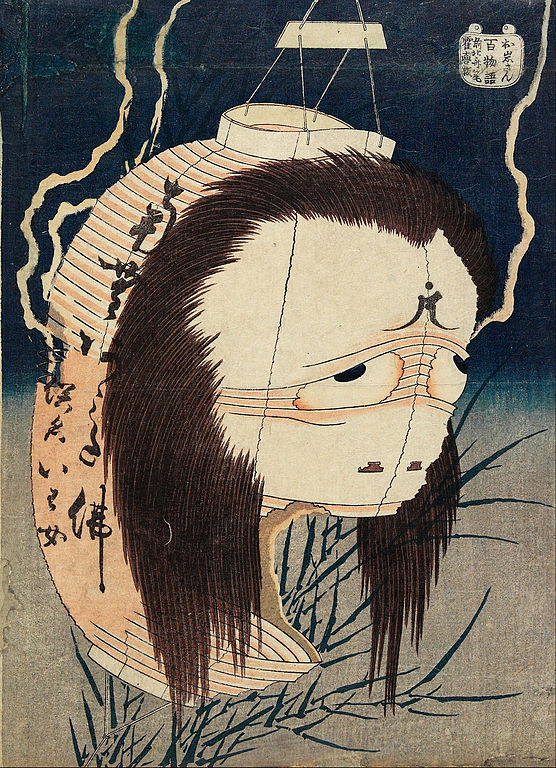Japanese folklore has the idea of yōkai, spirits whose behaviour can be benevolent, merely mischievous, or actively harmful to humans. These spirits reside in all things: man-made objects, scenery, and natural phenomena like the wind.
One specific kind of yōkai are the tsukumogami, human-made tools that have become inhabited by a shape-shifting spirit. One example is the boroboroton, bedding that comes to life at night and strangles its sleeping inhabitant, perhaps in revenge for the sleeper failing to look after the bedding properly.

All objects contain spirits, but it’s believed that an object must be 100 years old before its spirit can become animated and sentient. For that reason, it’s common in Japanese culture to dispose of an object when it’s 99 years old, to avoid it developing a tsukumogami. Objects are also considered more likely to gain a malevolent spirit if they’ve been treated badly or discarded; for that reason, ceremonies are often performed to console broken objects, to decrease the chances of the object’s spirit becoming angry.
It’s an example of a beautiful and rich storytelling tradition that’s evolved over the centuries, but also one that serves a useful purpose. Perhaps stories of the tsukumogami are at the root of the (admittedly somewhat stereotypical) Japanese reverence for objects and zeal for repairing and maintaining them.